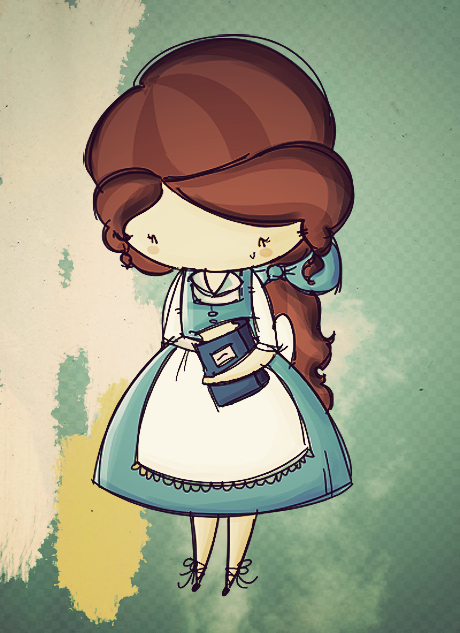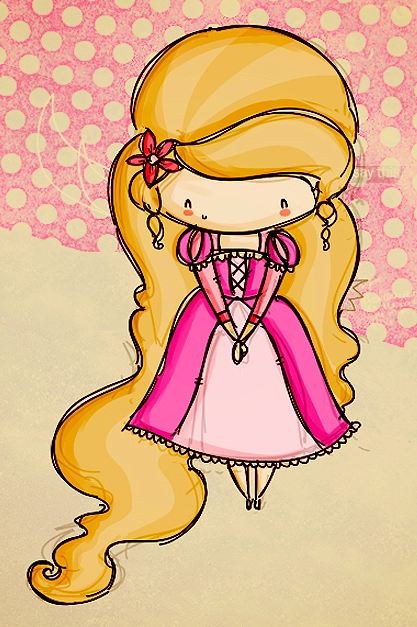However, it's never been completely gone from the beauty scene, and in the past few decades, the earthy-crunchy crowd (into which I proudly include myself!) has led a resurgence in this little powdered plant's popularity as a rejuvenating natural hair dye that can really restore luster to lacking locks. But it doesn't only dye: henna also makes hair soft, shiny, and supple, curing dandruff and making heat and chemical damage less noticeable. The glorious, natural-ish red sheen is only one of the many perks.
Since I've been red for about two years now, with an interlude of bright blonde, my hair has definitely seen some damage. A few friends have been urging me to try henna for quite some time, but I have to admit, the length of time necessary for the dye has always turned me off to it - hey, I'm a busy lady! I don't get many days off, so I had to decide whether or not I wanted to sacrifice a whole day to getting goo in my hair. After a while and some more research, though, I decided that it was a jump worth taking, and I'm certainly glad that I did.
The first step was buying a teeny test-size amount of the henna I wanted to try. My henna came from Henna for Hair, a great resource for buying as well as step-by-step instructions and lots of other information. I chose Ancient Sunrise's Rajasthani Jasmine, which the website says is good for damaged, fragile hair, and originally only bought a few of the 3-gram tester packs. I did a gloss over my hair to make sure I liked the color/process and also to test for allergic reactions (super important! I wasn't too worried about it, but if you are, only do a small test patch). No pictures of that process, because it was pretty unremarkable- I had to dilute the henna a lot with conditioner to cover my whole head, so while I loved the parts that had a higher concentration of dye, the majority of my hair had nicer quality but little color difference. If you're curious, I mixed the henna with lemon juice as the package suggests and let it sit overnight; before applying it, as I said, I mixed it with an increasing amount of conditioner, starting at the front so my bangs would have the highest concentration (though you're supposed to start in the back). I covered it in plastic wrap and a towel for heat and let it sit for six hours.
A few weeks after the gloss- it felt much nicer, but looked mostly the same as it had before.
Last week, I decided to go balls-to-the-walls and dye my whole head. 100 grams usually works well for collar-length straight hair, but mine is quite wavy, so I bought two packs and probably used a little more than 150 grams total. My original gloss had only been mixed with lemon juice and then diluted with conditioner, so I went a little crazy with this one, using all the citrus in the house (two lemons, a lime, and an orange) as well as a strong brew of black tea, chamomile flowers, rose hips, and lemon rinds. I mixed in a little bit of conditioner right before I applied it, as well. I let the original mixture sit for about six and a half hours, though leaving it overnight would've been better, then applied to my hair and let sit for about three hours - if I weren't on a time crunch, I definitely would've left it on for far longer. I wrapped it in plastic wrap, and blasted it with heat from my hairdryer every so often- probably five minutes under the dryer every forty or so minutes it sat.
How sexy do I look?! Ladiiiiies....
Rinsing it was a bit of a shit show- I took off the plastic wrap and stuck me head under the shower, which I immediately regretted, because I suddenly found myself with handfuls of wet, vegetal-smelling brown goop. I hopped out, and removed a bulk of the goop with paper towels before washing out the rest. I don't use shampoo, so I just rinsed until the water ran clean and poured on some conditioner afterwards. Then, of course, I had to clean the shower, which kind of reminded me of that scene in Spirited Away wherein Chihiro cleans the dirtiest tub in the bathhouse. You know the one...
Anyway, here's my hair immediately after rinsing:
Remember, never dye your hair in nice clothes! This tank had a huge gloob of henna from the first application.
The color is always far brighter immediately after dyeing - if you don't like that orangey hue, don't worry, it'll fade. And if you do like it, as I did... tough cookies, kid, 'cause it's gonna fade whether you like it or not.
Twenty-four hours later, in my normal-person disguise:
As you can see, the henna evens itself out to a very natural-looking shade of red. My job loves it. I, personally, am kind of torn. While I really like the shade, and it's definitely office-appropriate (which I really need it to be), it's just... dammit, I wanna be one of the cool kids with the crazy hair, too, ma! I miss my fire-engine red...
However, I am very happy with it, and will almost certainly be experimenting with more henna in the future.
However, I am very happy with it, and will almost certainly be experimenting with more henna in the future.
♥ For more information ♥











